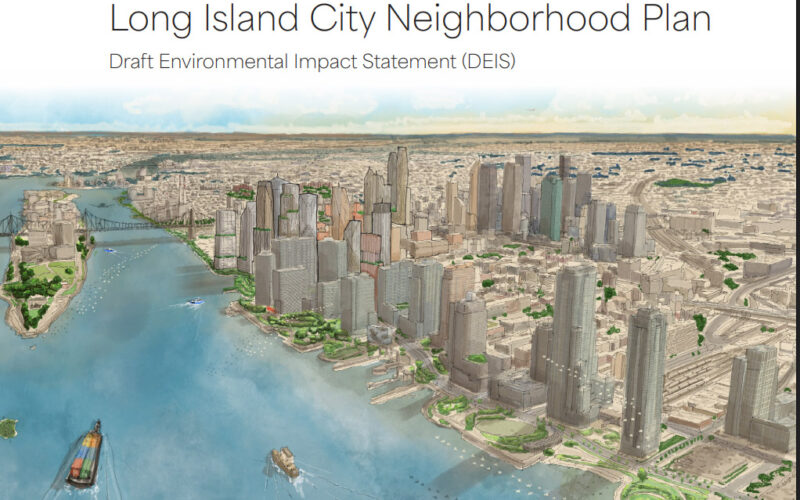I’ve lived in western Queens for more than 16 years, and like many of my neighbors, I have watched our community grow and change. Sometimes that change has felt overwhelming. Other times, it’s brought tangible improvements to our daily lives. This time, we have an unprecedented opportunity to shape the next chapter of our neighborhood’s story through the OneLIC plan.
After two years of community engagement and tough negotiations, we are the closest we’ve ever been to real change. Ahead of the City Council vote coming today, Council Member Julie Won secured nearly $2 billion in binding commitments from the city, the largest investment for any neighborhood rezoning in New York City history. This isn’t just about development. It’s about finally addressing decades of neglect and underinvestment in our community.
The OneLIC neighborhood plan represents something rare in New York City: a genuine attempt to listen to what residents actually want and need. After 18 months of community meetings, surveys, and countless conversations, Won and the Department of City Planning have put together a proposal that addresses the real challenges residents face every day.
Finding an affordable apartment is nearly impossible for working families. Our kids need more school seats. Our subway stations flood when it rains heavily. The waterfront could be an incredible asset for everyone, but right now it’s fragmented and difficult for residents to access, in particular our neighbors at Queensbridge Houses. We don’t want to see any more separation or segregation, but desire for there to be one united Long Island City.
None of these are abstract policy problems; they’re the realities that affect how we live, work, and raise our families here.
The OneLIC plan addresses these issues head-on. It creates nearly 15,000 new homes, including 4,350 permanently affordable units with family-sized apartments that working parents desperately need. It would connect our waterfront from Queensbridge Park to Gantry State Park. It includes a $206 million investment in Queensbridge Houses to upgrade community facilities, address chronic plumbing issues and bring vacant units back online. It includes $310 million for new schools to add 1,300 seats, and addresses our crumbling infrastructure with investments in sewage, plumbing, and flood prevention.
What I appreciate most about this plan is how it came together. Our local leaders did not just hold a few meetings and call it community engagement. They spent months talking directly to residents, setting up tables at local events, and actually listening to what people had to say. They collected more than 2,300 survey responses and 5,700 written comments.
Our Community Boards and Queens Borough President Richards also deserve credit for taking this process seriously. They have asked tough questions and pushed for genuine community benefits. That kind of oversight and collaboration matters, especially when we are talking about changes that will affect our neighborhood for decades to come.
The affordable housing component is vital. OneLIC will create substantial numbers of apartments for families earning between $30,000 and $100,000 per year, with all private developments mapped under the most deeply affordable MIH options. That means housing for teachers, hospital workers, small business owners, and others who make our community great.
The investments in infrastructure and parks are equally crucial. The plan includes $95 million to convert city-owned lots under the Queensboro Bridge into approximately five acres of new parkland, helping to restore Queensbridge Baby Park and remove barriers that have long separated the Queensbridge community from the rest of Long Island City. Anyone who has dealt with flooding in their basement or watched their child’s school struggle with overcrowding knows we cannot continue to ignore these basic needs.
The full City Council will vote today on OneLIC. This is our moment to have a say in our neighborhood’s future. We can choose a plan that addresses our real needs and creates opportunities for working families, with nearly $2 billion in historic investments to back it up. The commitments are now in writing. The community oversight is in place. We are better together. Let’s get to work.
Seth Bazacas is the Founding Director of Renew Queens and a longtime Long Island City resident.








